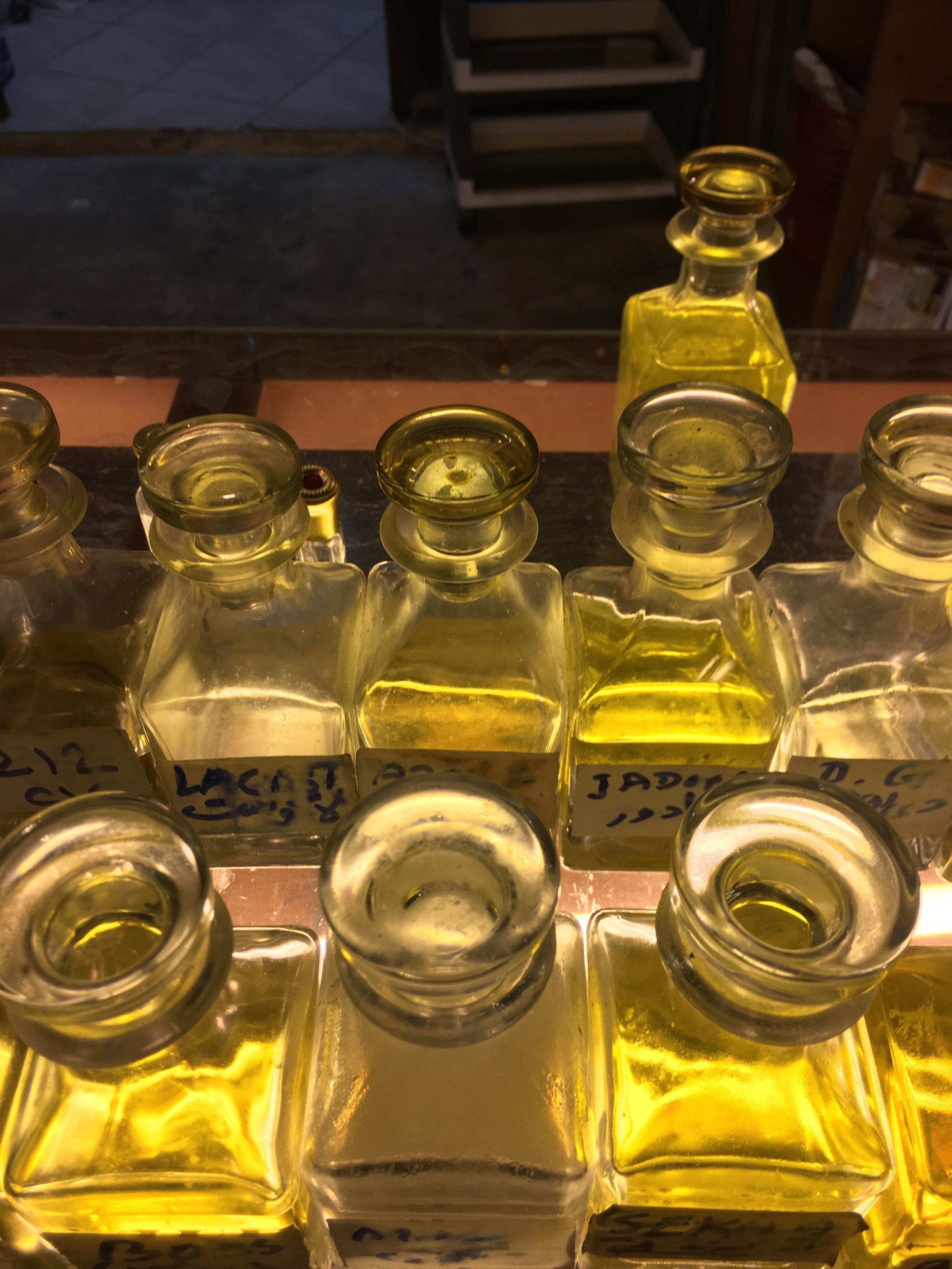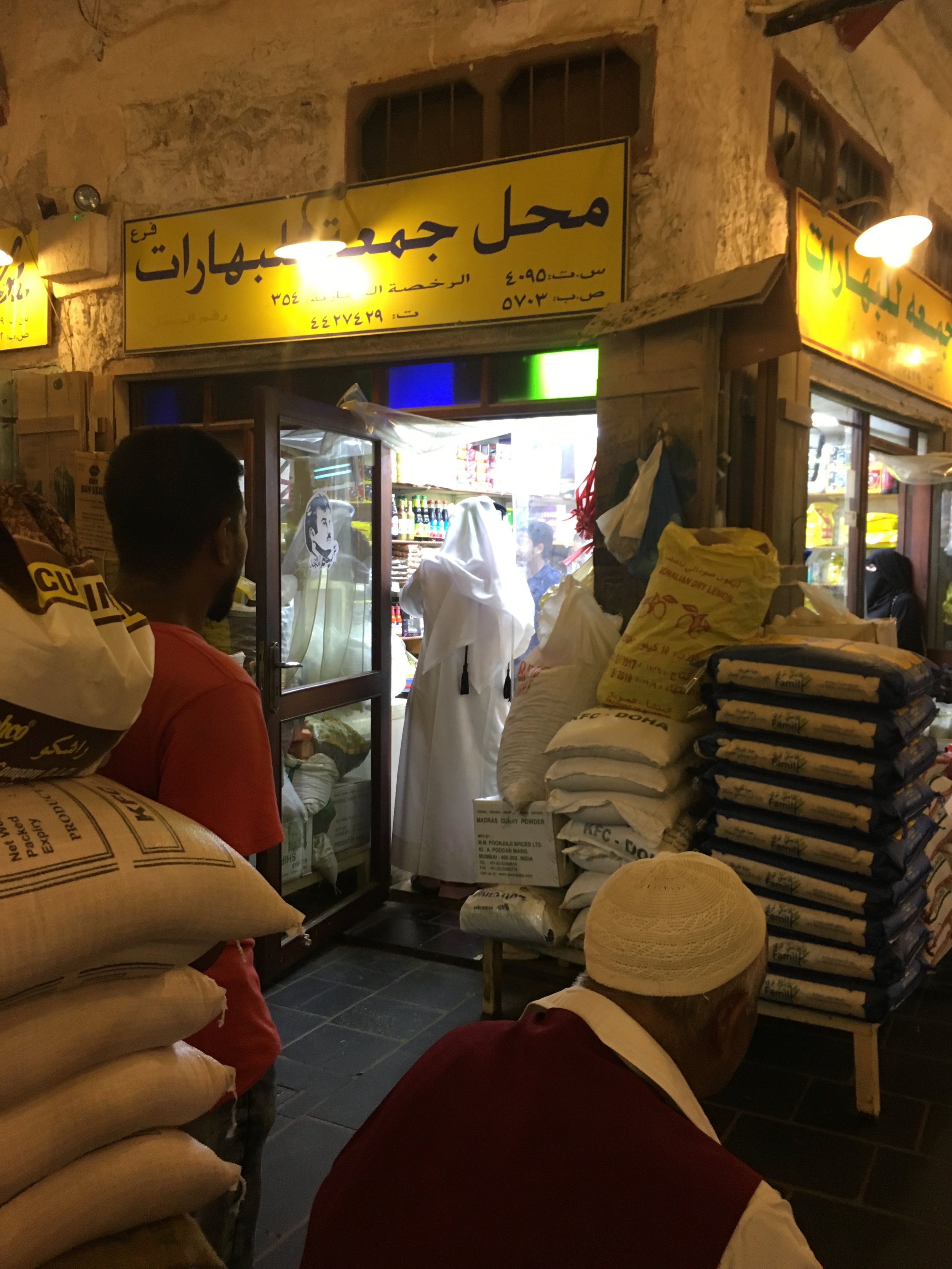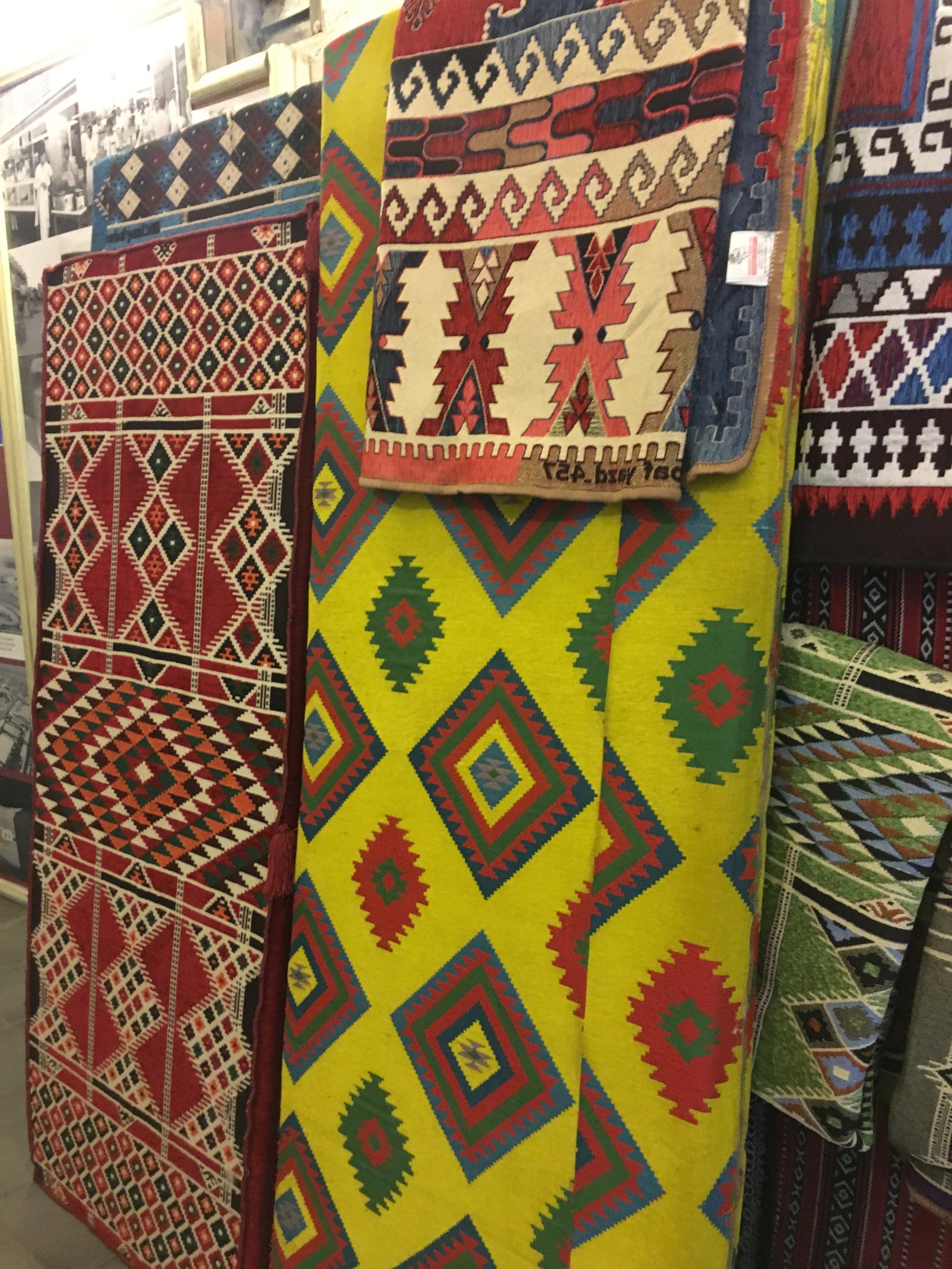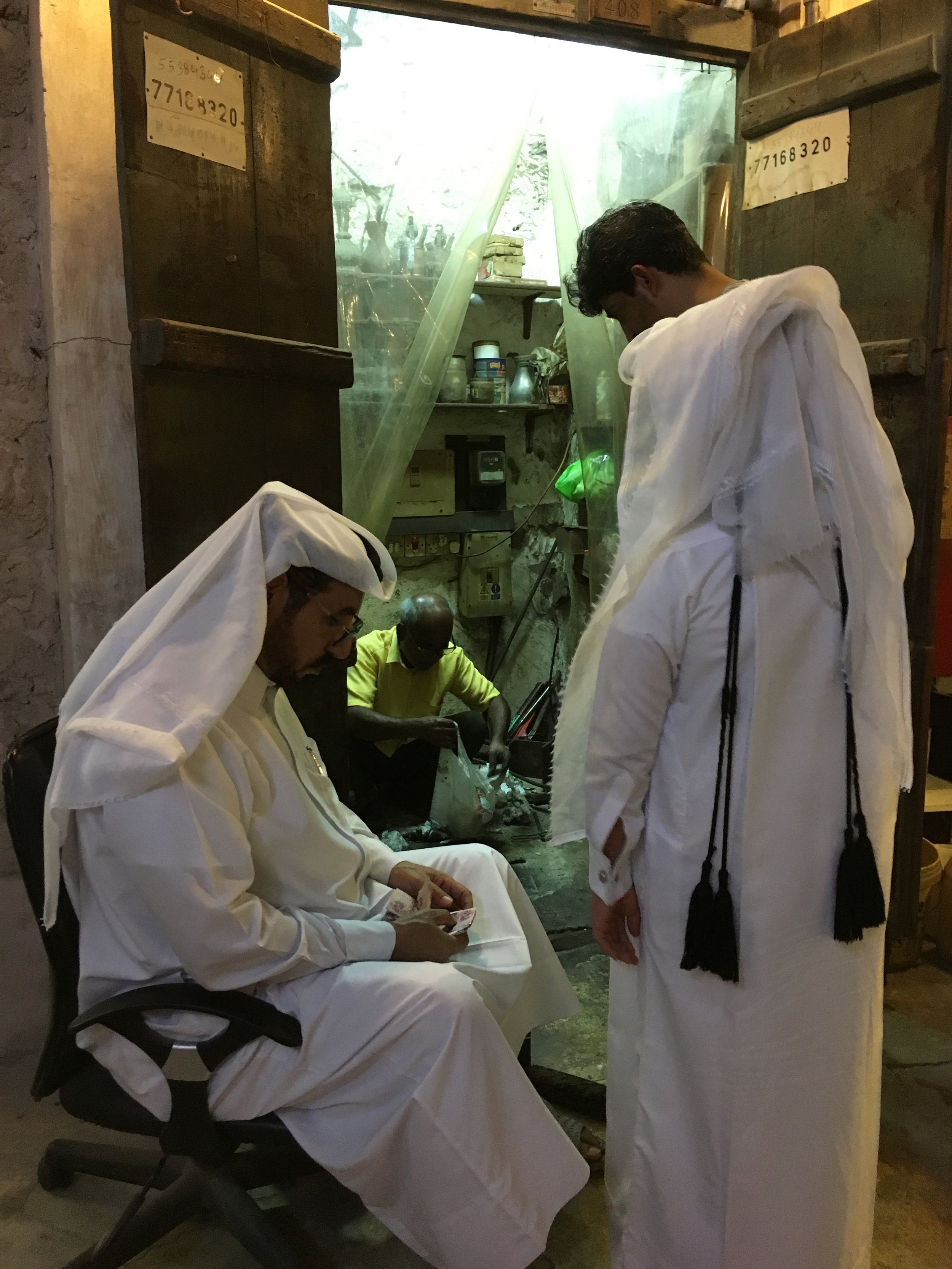Via Qatar
When visiting Qatar, do not let preconceived notions or lazy assumptions stop you from visiting the souk. Souks across the Middle East are the oldest known marketplaces in the world and even today hold immense importance as a historical epicentre. Qatar is the eminent point of East-meets-West; with its map resembling the shape of a hand, it holds together both the worlds and transcends through time, melting the old and the new. Like those places undergoing transition, Qatar, too, is caught in the threshold between old and new. As a small nation that is in the midst of social change, catapulting from the old to the new, in a space of two generations, how does it keep hold of its roots? One of those ways seems to be through the preservation of the souk, replete with alleyways and conversations and handcrafted items. Once you step into these alleys there are shopkeepers selling locally crafted souvenirs, spices, incense, perfumed oils, and maybe even a falcon if you fancy one!
Let yourself meander through the dizzying maze of the marketplaces while exploring unimaginable flavours, sights, and smells in every nook and cranny. The adjectives may appear to be in excess, but they fall short of the sensory elements that flood a souk – you will realise once you are there.
Seeping with history
The souk takes you centuries back to the traditional market of Bedouins. The name ‘souk’ means the ‘standing market’ from when the Bedouins would travel to them to buy and sell from other traders things like goats, fish, wool, and the like. The modern day souks of today take place in the late afternoon, once there is respite from the sun, and becomes a sight of socializing, buying goods, and enjoying the general hustle and bustle of people.
A souk can look like a picture postcard straight out of the 1001 Arabian Nights, with men playing the oud, lines of camels and horses, and shops selling mirrored textiles and colorful items in every shape and form. The other reason why souks are able to give one a sense of time travel is because of the contrast in architecture it posits against the modern architectural structures and layout of the city. If not for the wide-scale renovation that took place in order to restore its 19th-century glory, the souk would have lost its presence in Qatar.
Structure and poesis
Like any traditional marketplace, a souk is covered in alleys and appears crowded most of the time, with each alley devoted to one kind of product. Along the main road, you will find lots of souvenir shops, open-air cafes, fancy restaurants, and so on. Popular buys include perfumes, essential oils, the aromatic oud, dallah (coffee pots), spices, wooden chests, lights, and souvenirs. Bargaining is allowed but loud behaviour is not. Qatari people love to play around traditional wear and give it a contemporary twist —which we cherish. Men can be commonly seen wearing the traditional embroidered dagla thobe complete with ornate needlework, in open collar style, paired with jeans. Or women who wear burqa dresses with delicate netted borders, matching her attire with matching nails or handbags and stilettos. The manner in which culture and identity play out in Qatar is quite interesting to behold.
Preserving oral lore
The oral tradition of storytelling of Qatar’s older generations is an intangible cultural heritage of the community. Rather than collecting artefacts, Qatar is collecting stories. Hazawi in Qatar for folktales are the oral stories of everyday life, transmitted within families for education and entertainment in the home, the majlis, or the desert camps. Parents and grandparents love to swim in memories of “simpler times”, to tell their hardships of life before oil brought both wealth and big multinationals into the country. For instance, Doha once upon a time used to be a cluster of villages (would anyone believe that seeing Doha today?) You would take your donkey to the souk to buy salt, sugar, and rice. Every evening, telling stories was the only thing to look forward to. Over cups of milky ginger tea, one would hone their storytelling skills for hours at a stretch, carrying the tradition forward.
These stories would open up a whole new world, narrating the tribal exploits of ancestors, blending cultures and traditions with each retelling. The night would howl songs and stories of legendary heroes and hidden dark monsters of the sea. There were sailors whose destinies were transformed from the human form to that of fish; tales of heavenly bodies and stars battling away far away from earthly realm how a chance encounter with a genie could change the life of an ordinary human; and shape-shifting ghouls traversing the evening skies – the possibilities of such oral lore are endless. So in the midst of a rapidly growing country, there exist these remnants of the past that help the people reconnect to their traditions. The souk is the embodiment of such a cultural norm, a figment of the past that a local would hold onto dearly; where people gather to socialize to let their imagination run wild and believe in mysticism inherited from these stories.




